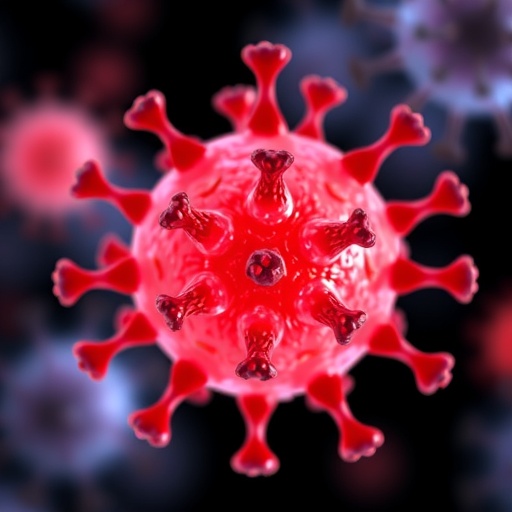PCR statement on the clinical use of intracoronary imaging: An EAPCI expert consensus
Paris, France, 21 May 2019. Intra-coronary (IC) imaging has been available for over two decades.
Technological advances, with the development of new modalities and
improvements in the software to facilitate “real-time” analysis and decision making, have seen an increased use for both diagnostic assessment and the guidance of percutaneous coronary interventions (PCI).
However, significant regional and institutional differences in the use of IC imaging have been observed.
In an attempt to provide the interventional community with guidance, the EAPCI has generated consensus statements detailing the clinical utility of IC imaging, based on existing clinical evidence and contemporary best practice.
The first document focused on the role of IC imaging for PCI guidance and optimisation as well as the important function it plays in understanding the mechanisms of stent failure. These indications have subsequently gained strengthened recommendations in the ESC
revascularisation guidelines.
The second document focuses on the role of IC imaging in clarifying angiographic ambiguity, delineating the extent of coronary artery disease and guiding decision making on lesion severity.
The following statements outline the consensus:
- Complex patients (e.g., diabetes, ACS) and lesion subsets (e.g., left main stem, long lesion,
CTO) benefit from IVUS guided PCI with reduced MACE, primarily driven by a reduction in
TVR. Recent randomised data confirming clinical benefit from IVUS guided approach. - IVUS assessment of LMS facilitates assessment of functional significance with an
ML6mm2 supporting a
conservative therapy approach with OMT. - Left main stem intervention benefits significantly from IC-imaging-based guidance to
understand the anatomical complexity, plan and optimise PCI. - IC imaging pre-PCI is essential to understand the underlying lesion substrate and guide
appropriate lesion preparation/stent selection concerning size and length. - Imaging facilitates characterisation of calcification – calcific arc >180° with thickness
>0.5mm and longitudinal length >5mm is predictive of stent under-expansion. There is an expanding role for IC imaging to assess and guide modification strategies for high-burden calcification. - Equivalence of IVUS and OCT has been confirmed in 2 rigorously designed RCTs (OPINION
& ILUMIEN III) - Challenging angiographic assessment – aneurysmal/ectatic disease, aorto-ostial lesions and cardiac allograft vasculopathy – can be overcome by use of IC imaging.
- IC imaging can delineate the aetiology of ACS where the angiographic assessment is uncertain. Excluding an atherosclerotic cause can impact future treatment and advice for patients.
- IC-imaging-based lesion and patient level risk stratification may guide intensification of treatment and minimise future events.
- Stent failure should mandate an IC-imaging-guided approach to defining aetiology of failure and guide repeat intervention.
###
NOTES TO EDITORS
Key information
- Clinical use of intracoronary imaging: an EAPCI expert consensus presented by Tom
Johnson - Palais des Congres Porte Maillot – Paris, France
- Tuesday 21 May 2019 – 16:45 – Main Arena
EuroPCR 2019
The World-Leading Course in interventional cardiovascular medicine and the official annual meeting of the European Association of Percutaneous Cardiovascular Interventions (EAPCI) will take place from 21 to 24 May 2019 at the Palais des Congrès – Paris, France. The detailed Course Programme is available on: https:/
About PCR
The mission of PCR is to serve the needs of each individual patient by helping the cardiovascular community to share knowledge, experience and practice. PCR offers a large range of many other educational meetings and resources for the continuing education of the interventional cardiovascular community. These include major annual Courses across the globe, e-Learning with high-profile PCR Webinars, Courses specifically dedicated to valvular heart disease, tailor-made PCR Seminars on specific topics, online resources and medical
publications such as EuroIntervention, the official journal of the EAPCI.
Gateways to all PCR activities are available on http://www.
For further information, please contact Célia Vilà: [email protected]
Media Contact
Celia Vila
[email protected]




